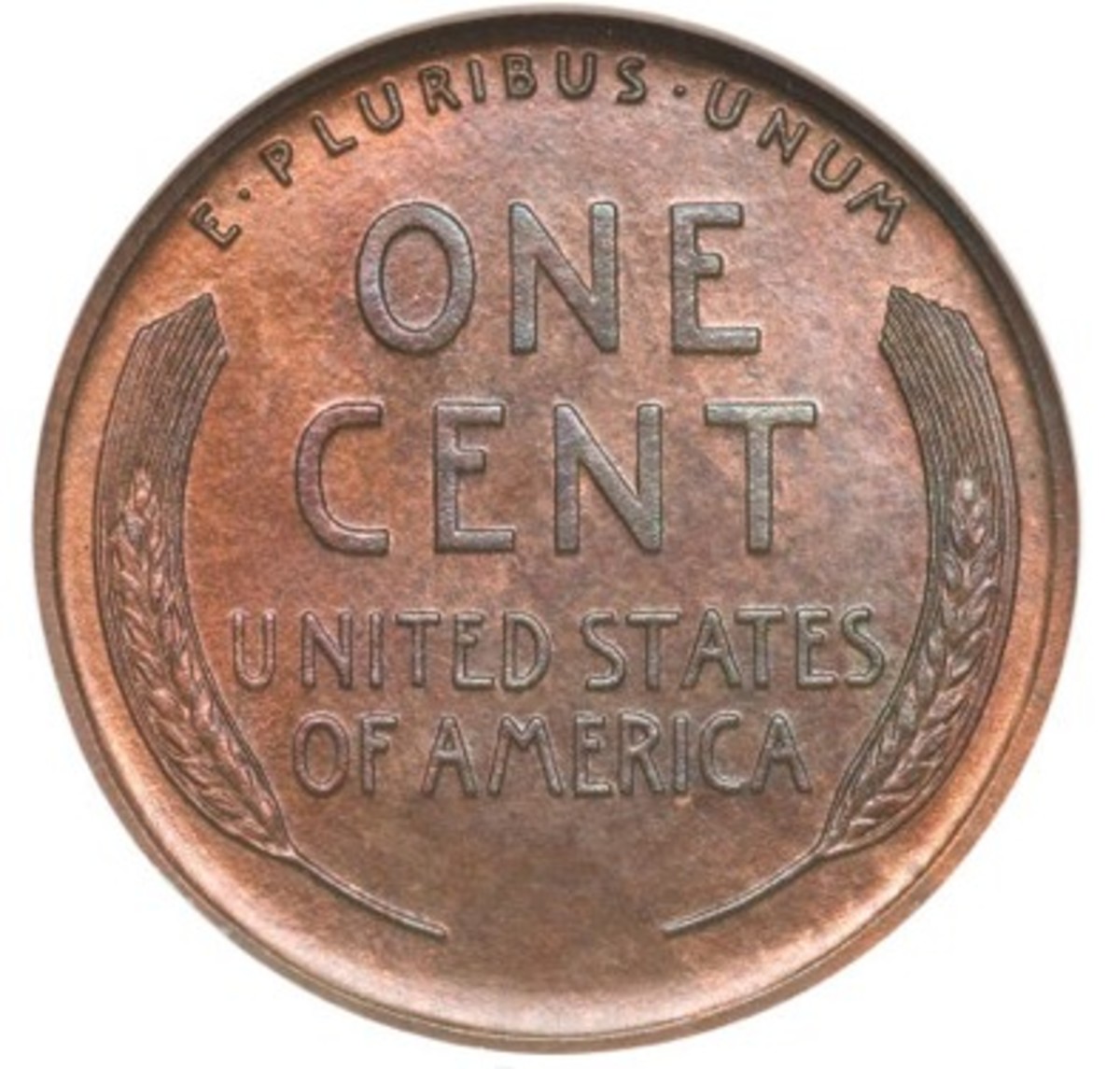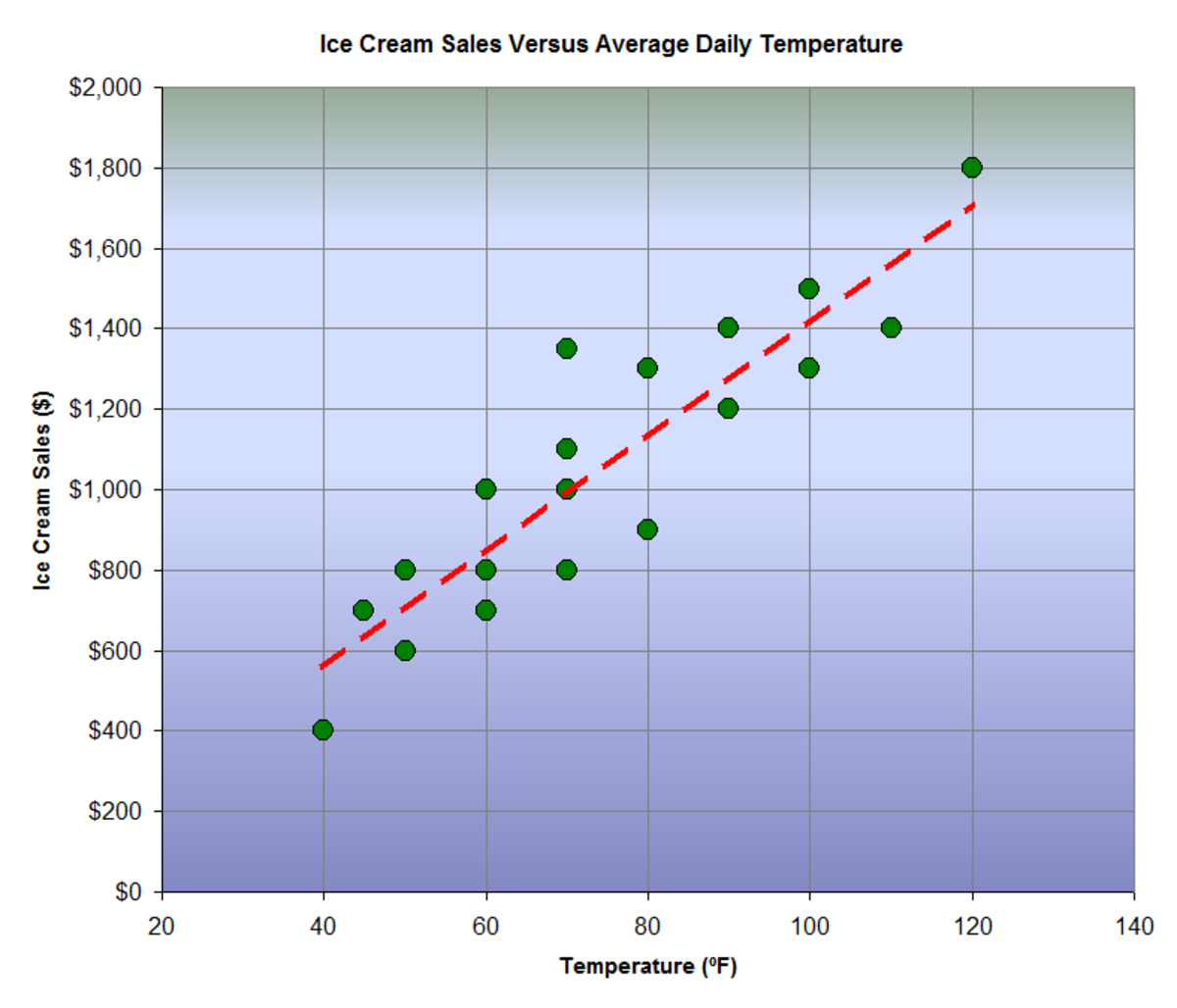Quantity Theory of Money
Introduction
By the ‘value of money’ we mean the ‘purchasing power of money’. The purchasing power of money depends upon the general price level. A general rise in prices indicates a fall in the value of money and a general fall in prices indicates a rise in the value of money. Since money is used as a “store of value” and “standard of deferred payments”, apart from its other functions as a medium of exchange and a measure of value, the value of money should be as stable as possible. Usually changes in the value of money are measured by means of index numbers of prices.
Definition
The Quantity Theory of Money has been formulated by an American economist named Irving Fisher. The Quantity Theory of Money in its original form states that “prices always change in exact proportion to changes in the quantity of money. If the amount of money is doubles, prices double. If the amount of money is halved, prices fall to half their original level”. It can be seen from the above definition that the quantity theory states the relationship between the price level and the amount of money. In other words, it deals with the determination of the value money. By value of money we mean its purchasing power. It is clear that the purchasing power of money at any time depends upon the price level. And the price level changes in direct proportion to changes in the quantity of money. In other words, the value of money varies in an inverse proportion to its quantity.
Fisher’s Equation
There are two main points in the Quantity Theory. First, price level changes because the quantity of money changes. Second, price level changes exactly in the same proportion as the quantity of money. The Quantity Theory of money has been put forward in the form of an equation known as the ‘Equation of Exchange’. It is also known as “Fisher’s Equation”. It is called so because it was formulated by the American economist Prof. Irving Fisher.
The Equation of Exchange states that if M is the amount of money, if Vis the velocity of circulation of money, if P is the price level, and if T is the volume of trade, then MV = PT (or P = MV/T). This is known as the Equation of Exchange. It means that when the supply of money increases, other things being equal, there will be a rise in price level. That means a fall in the value of money. For example, when ‘M’ is doubled, ‘P’ will be doubled.
The argument of the theory runs more or less in the following lines. The value of a thing is determined by its supply and demand. This general rule applies to money too. The value of money, like all other things, is determined by demand and supply. At any point of time, the supply of money is the total quantity of money in the form of coins, bank notes and so on. But in considering the supply of money over a period, we have to take into account not only the quantity of money but also the velocity of circulation of money. By velocity of circulation of money, we mean the number of times that each unit of money is used during a given period. The velocity of circulation of money can be represented by the letter ‘V’. So ‘MV’ represents the supply of money over a given period.
On the side of demand, we have to remember that money is wanted not for its own sake but it is demanded because it can be used to buy other goods. It can be used as a medium of exchange. So the demand for money will depend upon the demand for goods and services. In other words, it depends upon the volume of trade, that, the quantity of goods exchanged against money during a given period. This can be represented by ‘T’. The supply of money (MV) and the volume of trade (T) determine the price level (P).
Then P = MV/T
i.e., MV = PT. this is the Equation of Exchange. Nowadays, a large proportion of money consists of bank checks, bills and other forms of credit instruments. So some economists are of the opinion that the above types of money should be taken into account while considering the quantity of money. So the ‘Equation of Exchange’ has been modified as follows.
PT = MV + M’V’, where M’ is the total amount of all forms of bank checks, notes and other instruments of credit in circulation and V’ is the velocity of circulation of M’ (credit instruments).
Assumptions
The Quantity Theory of Money is based on some assumptions:
- Every exchange of good is accompanied by an exchange of money.
- All the money in existence is in circulation. There is no hoarding; when we speak of money, we must take into account not only metallic money but also bank notes and credit instruments like bills of exchange and bank checks.
- The theory assumes full employment.
Criticism of the Quantity Theory of Money
- The theory pays too much of attention to the supply of money. According to this theory, price level is directly proportional to the quantity of money. But it is not really the case. For price level depends upon many things other than the supply of money. So it is not correct to say that high prices are the direct result of an increase in the quantity of money. We may even say that high prices are the cause of an increase in the quantity of money. For, whenever prices are high, there will be large profits and business men gain confidence. This creates demand for investment. So the quantity of money increases whenever prices are high. The theory confuses cause and effect.
- A fundamental objection against the theory is that it is based on the assumption of full employment. This assumption is very unrealistic, for full employment is a rare thing in modern world. But if there is no full employment, and if there are unemployed resources, an increase in the quantity of money will not generally increase prices. It will increase output and not prices. In fact, this is the theoretical basis for ‘deficit financing’, which is practiced by many developing nations.
- During a period of depression, all prices will fall. Even if the quantity of money is increased at the time, prices cannot be raised. The theory cannot explain the situation.
- Lastly, the theory tries to explain only how changes in the value of money take place. It does not tell how the value of money itself is determined.
The Quantity Theory of Money is not without any merits. It should be regarded as a statement of tendency only. It indicates in a crude way the relation between prices an amount of money. This theory is true over long periods. It emphasizes the necessity for regulating the supply of money in a country. It points out the dangers in the over-issue of currency at any time. Modern governments often find deficit financing an easier way of financing schemes. But the theory warns that if at any time, there is over-issue of currency in a country, it will result in inflation with all its evils.
© 2013 Sundaram Ponnusamy








